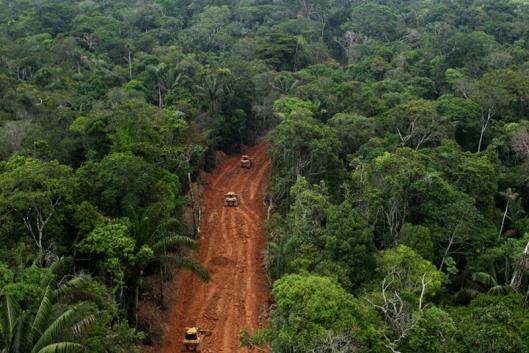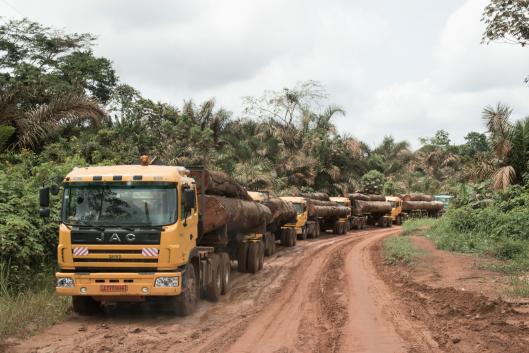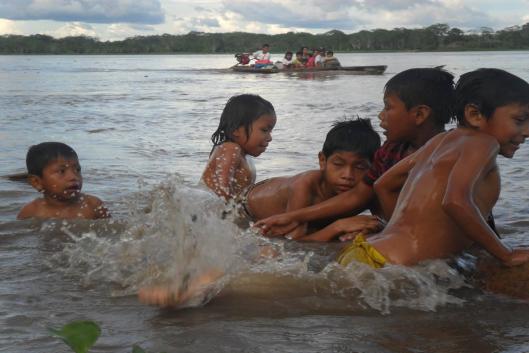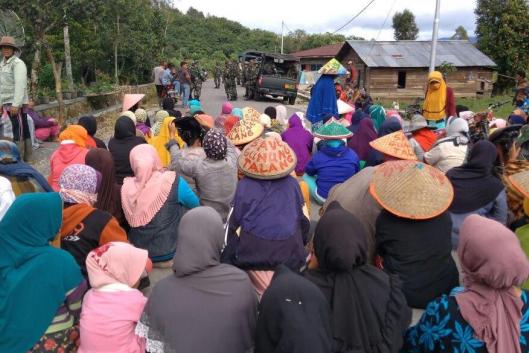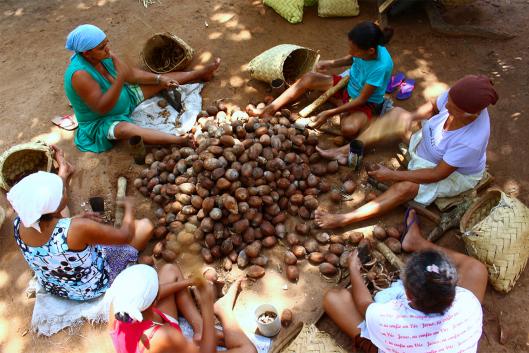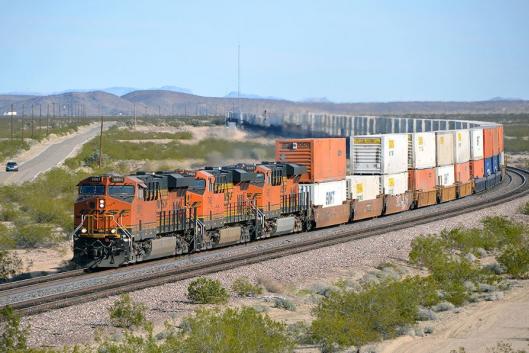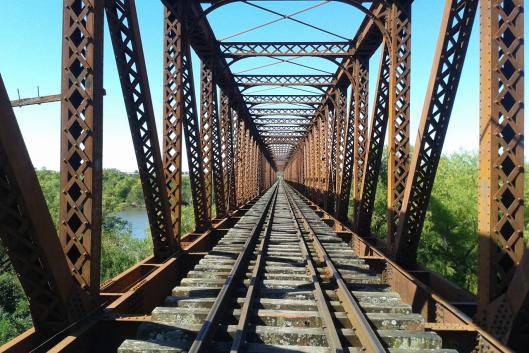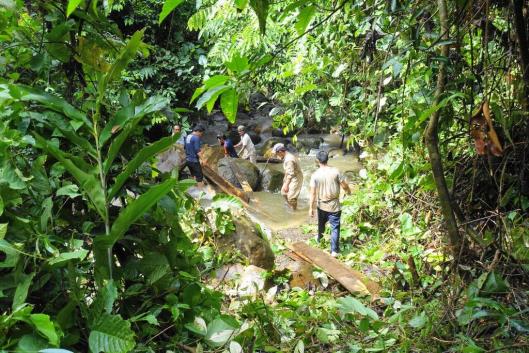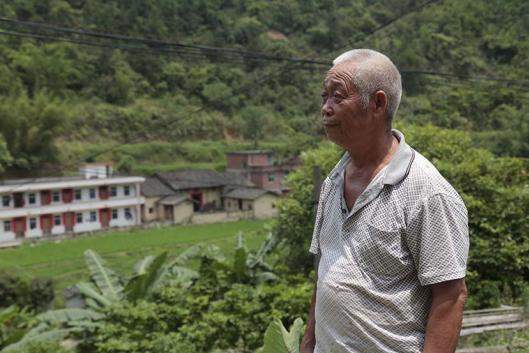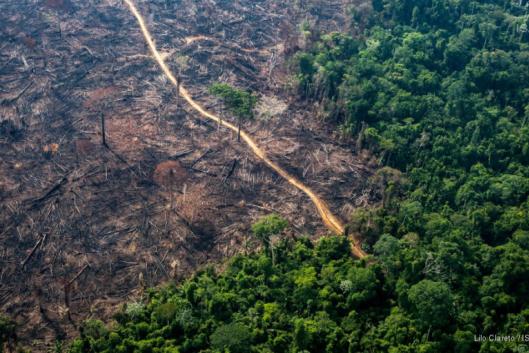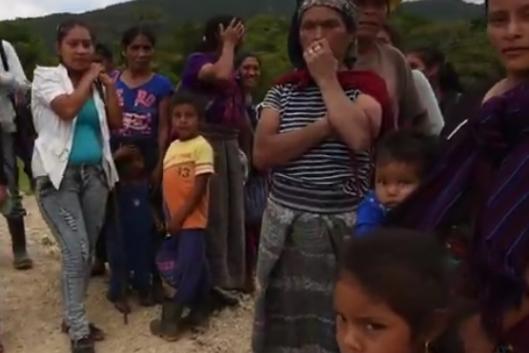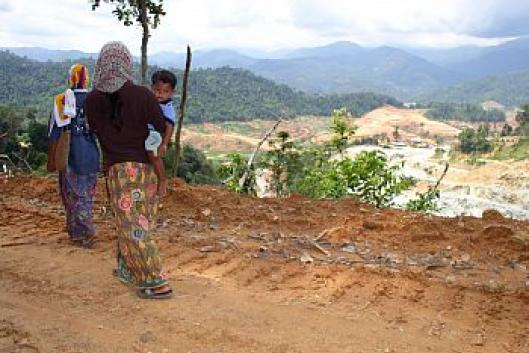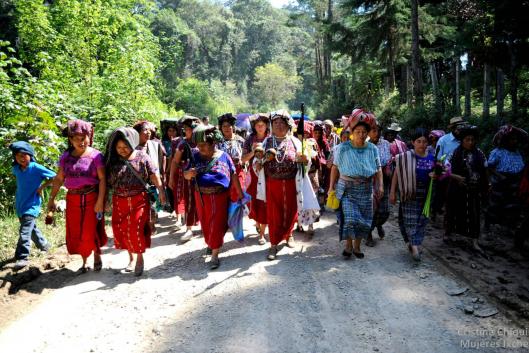It is impossible to think about extraction without thinking about a vast network of accompanying infrastructure, and thus even greater deforestation and destruction.
Bulletin 244 - June /July 2019
Cementing Deforestation: Infrastructure at the Service of Corporations and Capital
This Bulletin articles are written by the following organizations and individuals: Nicholas Hildyard of The Corner House, UK; Leonardo Tello Imaina from Radio Ucamará, Loreto, Peru; Wendra Rona Putra from Pandang Legal Aid (LBH Padang), Indonesia; Rosalva Gomes from the Interstate Movement of Babassu breakers (Movimento Interestadual das Quebradeiras de Coco Babaçu), Brazil; Bryan Anderson, activist from Long Liam, Malaysia; the Xingu Alive Forever Movement (Movimento Xingu Vivo para Sempre), Brazil; and members of the WRM international secretariat.
WRM Bulletin
244
June /July 2019
OUR VIEWPOINT
CEMENTING DEFORESTATION: INFRASTRUCTURE AT THE SERVICE OF CORPORATIONS AND CAPITAL
-
15 July 2019We live in an age of ever more “extreme infrastructure.” The construction of roads, railway lines and other infrastructure linking production and resource extraction centres with major consumer areas is tied to profoundly undemocratic forms of elitist planning.
-
15 July 2019The Waterway aims to connect the Amazon to the world. But that argument is based on the idea that we are disconnected in the Amazon. That is not true. What it really wants to do is place the Amazon in service of capital, razing peoples.
-
15 July 2019“If our land, water sources, air and livelihoods are being destroyed by geothermal exploration and exploitation, how can this energy be called “clean”? “Clean” for whom?”
-
15 July 2019The construction of the Suzano Pulp and Paper mill—along with nearby highways, the constant transport of wood, and the massive influx of workers—has brought a lot of devastation to communities. This is the testimony of an activist who is fighting for the territory.
-
15 July 2019The mega-infrastructure corridors prioritized in ambitious investment programmes spanning the african continent are squarely focused on facilitating the export of minerals and agricultural commodity crops and the import of processed foods and manufactured goods.
-
15 July 2019As a condition to install its second pulp mill, the company UPM demanded that the Uruguayan state build a new railroad from the site where UPM plans to locate its mill to the port. The government would cover the costs of these infrastructure projects at the service of UPM.
-
15 July 2019After the cancellation of the Baram mega-dam in 2016, the villagers of Long Liam, who were among the thousands opposing the construction of a mega dam, joined forces to install the very much needed power source in their community.
-
15 July 2019The fight against the Belo Monte Hydroelectric Dam is still alive; but peoples of the territory have to deal with the denial of their basic rights, the increase in violence in the city and countryside.
RECOMMENDED
-
15 July 2019In a context of a thriving eucalyptus plantations industry in China, around 150 Yong’an residents are suing both Guangxi Lee & Man Forestry Technology Ltd. — the timber company that operates the nearly 300,000-square-meter eucalyptus plantation — and the local government body that partnered with it, for violating a clause in Chinese contract law that bans businesses from damaging public interests. Villagers claim the eucalyptus sucks up water from three mountain springs, leaving little for them to use for cooking and rice farming farther downstream. This is the first case of this kind in China.
-
15 July 2019The study, “Amazonía en la encrucijada” (“The Amazon at the Crossroads”), by the Amazon Geo-Referenced Socio-Environmental Information Network (RAISG, by its Portuguese acronym) presents an overview of the pressure caused by roads in Brazil, Bolivia, Colombia, Ecuador, Perú and Venezuela. According to the report, of the 136,000 kilometers of roads mapped in the region, at least 26,000 are in protected natural areas and indigenous territories. For example, in the Brazilian Amazon, the report states that most deforestation occurs in the vicinity of roads. The report also suggests that this trend is increasing.
-
15 July 2019In the Yich K’isis region of Guatemala, the construction of three hydroelectric dams has been planned: Pojom I, Pojom II and San Andrés. These dams will receive water by diverting the Negro, Pojom, Yalwitz Primavera, Varsovia and Palmira rivers. Communities are struggling to resist the imposition of these dams; this led to the death of a community member in 2017. A short video from the Avispa Midia news portal shares the voices of the women and men in the struggle to defend their territories and lives.
-
15 July 2019Under the ISDS (investor-state dispute settlement) parallel justice system for corporations and the rich, companies can sue countries when they think that government decisions or court rulings – even ones whose explicit aim is to protect people or the environment – affect their profits. These lawsuits bypass domestic courts and take place before an international tribunal of arbitrators: essentially three investment lawyers who decide whether private profits or public interests are more important. A report from Corporate Europe Observatory (CEO), Friends of the Earth and the Transnational institute describes 10 noteworthy ISDS lawsuits that have been used as a corporate weapon against communities and resistance victories.
-
15 July 2019A paper from researcher Carol Yong critically reviews issues of dam-induced displacement and resettlement of indigenous communities in Malaysia from a gender lens.To understand why compulsory land acquisition is traumatic for rural indigenous peoples within the larger context of dam displacement in Malaysia, it is important to understand customary land rights and tenure systems, the role of adat (customary law) in the regulation of such rights, and what land means to both women and men.
-
15 July 2019Despite the many profound damages that industries cause in the world’s forests, they also cause something else to emerge: the strong and diverse resistance movements of affected communities defending their territories, livelihoods, cultures and even their existence. The struggle continues! Read the bulletin (in Swahili) in this link.
